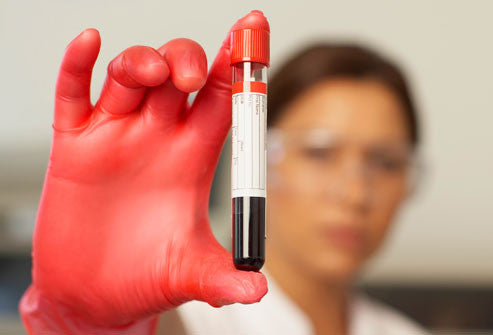Up the Cardio, or Cut the Calories?

By Jared Boynton | 3/30/2017
When it comes to fat loss or muscle gain, the general principle is simple – calories in minus calories out equals your rate of change - but if you examine it deeper, the equation gets a lot more complex. Cutting calories has a limit, and there is a “point of no return” that is unsafe. Likewise, there are negatives to incorporating ungodly amounts of cardio as well.
Calorie restriction is touted as the be-all end-all of weight loss these days, but when it really comes down to it you can only restrict intake so far. Restricting calories past a certain point will result in an environment that’s prime for thyroid downregulation, reduced non-exercise activity thermogenesis (fidgeting, etc), and a whole host of other nasty things that will ultimately make the whole process a lot more difficult for you.If you’re trying to burn body fat, then you’ll eventually have to make a decision as to whether you’re going to restrict calories further or incorporate extra exercise. So how low is too low? When you do a review of the pertinent literature, it becomes clear that 600-700 calories below maintenance is about as low as you’d ever want to go. In a typical non-athletic college male, that maintenance number is usually around 3000kcal per day; this puts you right at 2400 calories as a starting point.
A deficit of 600-700 calories should show you steady results for at least a month, if not longer. When weight loss does eventually stall, fight the urge to drop calories further and incorporate cardio instead. This will serve to maintain a healthy hormone balance while still increasing the net calorie deficit, maximizing your fat loss to effort ratio. See our previous articles on HIIT and endurance cardio for insights into which form of cardio will be best for you.
After the second month, you really need to take a step back and evaluate the state of things. At this point, you’ve been in a diet-induced deficit of 600-700 calories and a cardio-induced deficit of 300-400 calories for an extended period of time and your body is likely sending out signals regarding how to proceed further. Are you feeling weak and struggling through cardio? If so, it may be more prudent to slice off a few (100-150) extra calories instead of pounding out an extra 15 minutes of cardio. Are you getting serious hunger pangs and feeling absolutely depleted? If so, cutting calories further is probably not the best idea and increasing cardio intensity may be a better course of action.
At this point in month three, your caloric deficit has likely impacted your NEAT (non-exercise activity thermogenesis) as well. NEAT is the sum of all the little non-exercise movements you make during the day – fidgeting your feet, walking around the house, etc. It doesn’t happen consciously, but your body will restrict these actions when in a sustained and extended calorie deficit. The only way to combat this is to incorporate thermogenic supplements with stimulants, such as Lipodrene with ephedra.
As a rule of thumb, experts agree that cardio intake should never drop below 1200 for females or 1600 for males. Anything lower isn’t hardcore, it’s dangerous. There’s simply no way for your body to get the micronutrients and macronutrients you need to survive on a diet with that level of caloric restriction.
Takeaways:
- Cardio and food restriction are both necessary to achieve your goals.
- You cannot fully compensate for a lack of caloric deficit with an increase in food restriction, and vice versa. Too much of either will result in a diminished effect.
- Listen to your body to determine the best course of action.
- Do not drop below 1600 calories for men, or 1200 calories for women. If your weight loss has stalled out at this level of dietary restriction and you’re maxing out your cardio, it’s time to increase calories, build more lean body mass, and repeat the process over again.
---------------------------------------------------------
Jared Boynton is a strength, performance, and conditioning coach with a wide range of knowledge on nutrition, supplementation, biomechanics. His experience has been proven through years of real-world implementation with both his own physique and the physiques of numerous clients. You can contact Jared via email at Coach@JaredBoynton.com.
References:
Further Reading
- Boschmann, M., et al. J Clin Endocrinol Metab. 2003 Dec;88(12):6015-9.
- Bray, G. Lancet 1969; 2:397.
- Borel M., et al. Am J Clin Nutr 1984 Dec;40(6):1264-72.
- Docherty, D. and Sporer, B. Sports Med. 2000 Dec;30(6):385-94.
- Dolezal, B. and Potteiger, J. J Appl Physiol. 1998 Aug;85(2):695-700
- Carrithers, J., et al Aviat Space Environ Med. 2007 May;78(5):457-62.
- Ormsbee, M., et al. J Appl Physiol. 2009 May;106(5):1529-37.
- Santtila, M., et al. J Strength Cond Res. 2009 Jul;23(4):1300-8.
- Dudley, G. and Djamil, R. J Appl Physiol. 1985 Nov;59(5):1446-51.
Leave a comment
Comments will be approved before showing up.



